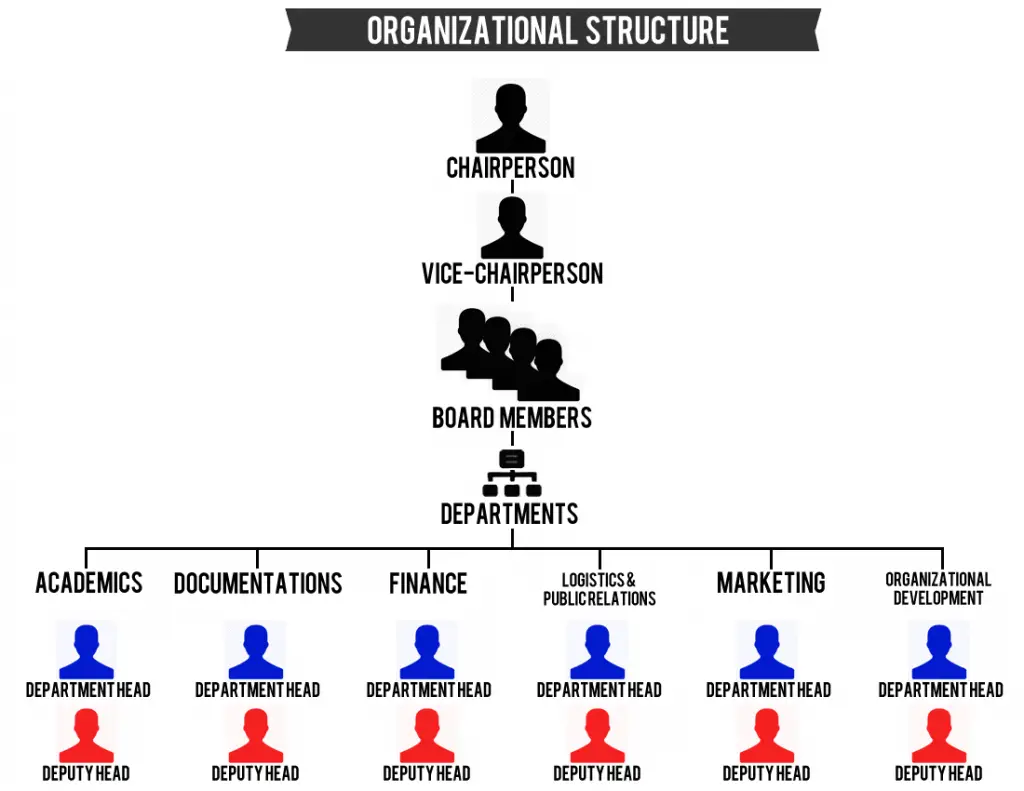Communication is a transfer of information. It is classified into verbal, non-verbal and written. It also has different forms: intrapersonal, interpersonal, group and mass communication.
Similar is communication patterns, it shows how communication flows within a group. It is a part of group communication.

What are Communication Patterns?
Communication patterns are structures in which communication flows in an organization. They are the communication links in work teams according to the organizational structures.
The patterns are related to work efficiency and who is responsible towards whom or who talks to whom. It also relates to satisfaction of group members and decision-making process.
This can be applied to groups but all-to-one and one-to-all communication are also taken to be communication patterns.
When many people give information to one person, it is all-to-one communication and if one person provides information to many, it is one-to-all communication. For example, speeches can be taken as following one-to-all communication pattern.
The Leavitt Experiment
Communication patterns and its types were described by Harold J. Leavitt in 1950 which is considered to be the most common categorization. It is also known as the Leavitt Experiment, where the experiment included 5 people who had to play a game similar to clue.
Here, every person had five symbols with them and had to find out which symbol they had in common. If all the information could be gathered, the puzzle could be solved. Five people were placed in cubicles with slots 6 switches to exchange information.
The cubicles were placed in different shapes: star (wheel), Y, chain (line) and circle. People had slots in which they could write messages and send according to these patterns.
It was done to find out which pattern could be better to communicate effectively and quickly.
Types of Communication Patterns
The communication patterns that have been given by Harold J. Leavitt for four-and-five member group are circle, chain, wheel, Y, and network.

Circle
In circle communication pattern, there is a leader and hierarchies in the group members. Here, the leader can only communicate to the members who are next to him/her like their direct subordinates. He/she cannot talk with any other members too, like the lowest level of workers.
Similarly, if an office assistant has to talk to the leader about anything, he/she has to send the message to their seniors, which finally reaches to the boss or leader.
All group members can only communicate to the people who are above them or below them in the chain of command. The message flows in one direction or way.
All group members cannot communicate with the leader in circle communication pattern which is a disadvantage of this communication pattern. They can only do it through other group members senior to them.
In this communication pattern, lower level staffs do not get a chance to criticize anything to the upper level. They do not have a role in decision making too. If any person sends any message, it travels through all members of the group.
The process of sending the message also takes a lot of time as it must travel from people to people to reach the desired recipient.
Chain (line)

Chain pattern of communication has similar problems as circle pattern as it also follows a certain chain of command.
In the circle, a person can send a message that reaches all members of the group whereas, in the chain, it is either top to bottom level staffs or bottom to top level staffs. It is a one-way flow of communication.
In chain communication pattern, all members cannot communicate with the leader of the group like in a circle.
So, the members might not get the exact message sent by the leader but an altered version of it. The leader won’t even be aware what distorted message others lower in the command got.
Feedbacks can also be distorted.
Wheel (star)
In wheel pattern, there is a leader at the center of all communication. All others are members that stand at the same level in the structure.
Here, all members can communicate with the leader and vice versa. But, members cannot interact with each other. Sometimes, members do not even know of the existence of other members of the same group.
This pattern is taken as the best pattern of communication for any organization as a leader can have direct contact with all.
Communication problems are less and the method is quick. There is no distortion of information by other members of the group while passing the message.
Prompt and simultaneous feedback is also encouraged in the communication pattern.
Y
Y pattern of communication is more complicated as there are different sub-groups within a group. In the center is a leader who manages these sub-groups. According to this pattern given by Leavitt, there are 3 subgroups being controlled by a single leader. There are 3 members in each sub-group.
Here, like mentioned in circle and chain communication patterns, there is a chain of command within the sub-group. The lowest level of each sub-group communicates with the members senior to them. They communicate it with their seniors. Then, that member communicates it with the leader.
The message sent by the leader also communicates from top-to-bottom approach.
The sub-groups cannot communicate with each other. They need to pass the information through the leader to send any message to other sub-groups.
Network
Bureaucratic organization communications structures are taken as network pattern of communication as it is a non-symmetric network of people with social relations. Their job roles are interlinked.
Communication in networks can be prescriptive, like rules given from leader to other members or descriptive like case reports given by members to leaders.
The network is a communication pattern in which anyone can communicate with anyone else as per their needs and requirements. In a network, communication differs due to physical proximity and organizational structures too.

Through the experiment, wheel and Y were found to be faster than chain and circle. The wheel made the least number of errors and they also used fewer messages. Members of the circle had the most satisfaction and enjoyment.
More centralized structures had better performance which consisted of the distance between nodes to the center and a distributed processing unit.
But, for autonomous and self-managed teams, wheel pattern of communication is better.
There are types of communication channels that are also taken to be patterns of communication sometimes. They are vertical, horizontal, diagonal and grapevine communication.
